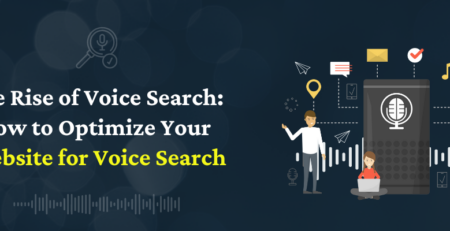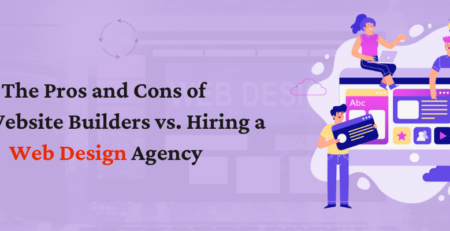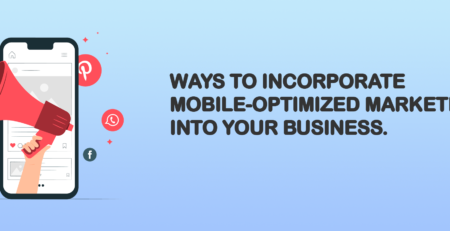The Importance of Accessibility in Web Design: Designing for All Users
Introduction
In today’s digital landscape, web accessibility is not just a nice-to-have feature; it’s a fundamental requirement for any website. Designing websites that are accessible to all users, regardless of their abilities or disabilities, is crucial for ensuring equal access to information and services. In this blog post, we will explore the importance of accessibility in web design and the benefits it brings to both users and website owners.
Inclusive User Experience
Web accessibility aims to create an inclusive user experience by removing barriers and providing equal access to information and functionalities for all users. By considering accessibility during the design process, you can ensure that individuals with disabilities, such as visual impairments, hearing impairments, or motor disabilities, can navigate and interact with your website effectively. This inclusive approach fosters a positive user experience and allows a wider range of users to engage with your content or services.
Legal Compliance
Designing an accessible website is not just a matter of good practice; it is often a legal requirement. Many countries have laws and regulations in place that mandate accessibility for websites, especially those representing public entities or providing essential services. By prioritizing accessibility in your web design, you ensure compliance with relevant accessibility standards and regulations, mitigating the risk of legal issues and potential discrimination claims.
Expanded Target Audience
An accessible website opens doors to a larger target audience. By making your website usable for individuals with disabilities, you tap into a significant market segment that might otherwise be excluded. This not only increases your reach but also presents an opportunity for your business or organization to demonstrate its commitment to inclusivity and social responsibility. When your website accommodates diverse needs, you enhance engagement, foster customer loyalty, and attract a wider user base.
Improved Search Engine Optimization (SEO)
Web accessibility and search engine optimization go hand in hand. Many accessibility practices, such as providing alternative text for images, clear heading structures, and descriptive link texts, also contribute to better SEO. Search engines prioritize websites that are user-friendly and provide a positive experience for all users, including those with disabilities. By incorporating accessibility principles into your web design, you enhance your website’s visibility, organic traffic, and overall SEO performance.
Positive Brand Image
A commitment to accessibility reflects positively on your brand image. When users, regardless of their abilities, find your website easy to navigate, understand, and interact with, they associate your brand with inclusivity, empathy, and user-centric design. Demonstrating that your organization values accessibility not only benefits your reputation but also encourages users to engage with your brand and become advocates for your services.
Ethical and Social Responsibility
Designing accessible websites is not only a matter of legal compliance but also an ethical responsibility. Web accessibility is about ensuring equal access to information and services for everyone, promoting a more inclusive digital society. By prioritizing accessibility in your web design, you contribute to breaking down barriers and empowering individuals with disabilities to fully participate in the online world, fostering a more equitable and inclusive society.
Conclusion
Web accessibility is not an optional feature but an essential aspect of web design. By designing websites that are accessible to all users, you create an inclusive user experience, ensure legal compliance, expand your target audience, improve SEO, enhance your brand image, and fulfill ethical and social responsibilities. Prioritizing accessibility in your web design is a win-win situation, benefiting both users and website owners. By embracing accessibility, you contribute to a more inclusive and accessible online environment that empowers and serves all individuals, regardless of their abilities.















Leave a Reply